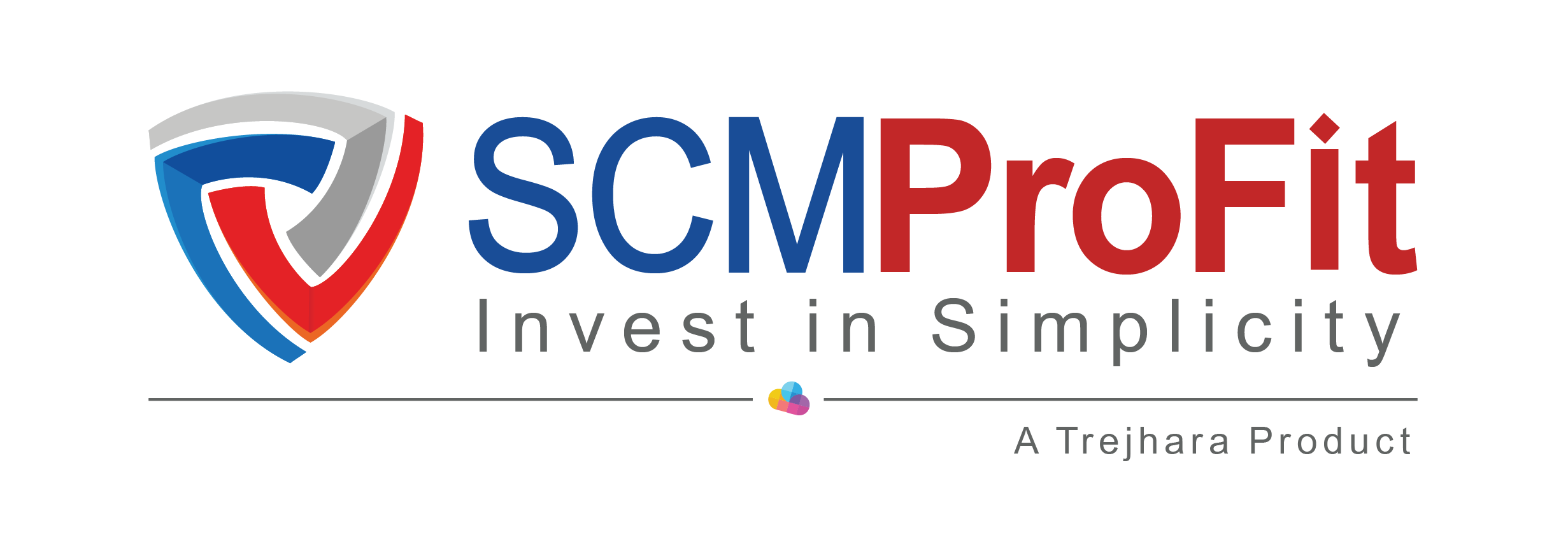Subtotal $0.00
Recapturing 2024 digitization momentum in supply chain is quite impressive. This digital shakeup is not just about adopting new tools; it’s about reimagining the entire supply chain ecosystem to meet the demands of a dynamic global landscape. As the digital revolution accelerates, the supply chain is poised to become smarter, faster, and more sustainable than ever before.
Let’s delve into the 2024 digitization trends in supply chain:
Quantum computing
Quantum computing in supply chain can process complex calculations at unprecedented speed, which can improve route planning & optimization, inventory management, minimize transportation costs, sustainability, avoid empty runs, and demand forecasting. Where classical algorithms often fail to find optimal solutions in reasonable timeframes for large-scale complex problems, quantum computing holds the potential to address this simulation and decision-making challenges that traditional computing struggles to handle efficiently.
When Covid-19 gave a downtime for the entire world and ceased many businesses, the alertness rose to beat uncertainties ahead in future. Quantum algorithms can quickly simulate the impact of variables like supply shortages, geopolitical tensions, or natural disasters. It quickly identifies alternative suppliers or routes to minimize interruption and improves just-in-time manufacturing by aligning production schedules with real-time demand data. With blockchain integration, it enhances encryption for secure, real-time transaction validation and transparent record-keeping.
In warehouse, quantum computing can evaluate millions of variables to identify optimal warehouse locations, reducing costs and improving delivery speeds. Even, this model can enhance reverse logistics, enabling efficient recycling and product recovery processes.
Few real world examples are collaboration of DHL and D-Wave to explore quantum optimization for warehouse operations and route planning. On the other hand, Volkswagen uses quantum computing to optimize traffic flow and logistics routes. Additionally, IBM is working with enterprises to develop quantum solutions for supply chain challenges, such as risk analysis and network optimization.
Automation and electrification
Companies are transitioning to electric fleets to reduce carbon footprints and comply with regulatory requirements. Expansion of electric vehicles (EVs) charging networks enable efficient operations in logistics hubs and urban areas. Electrically powered drones and automated vehicles offer faster, cost-effective, and greener delivery options.
Robots are increasingly used in warehouses for sorting, packing, and inventory management. Facilities are adopting renewable energy sources like solar panels and energy storage systems to power operations sustainably.
Electrification aligns with broader sustainability goals, including reducing reliance on fossil fuels and minimizing emissions. It facilitates recycling processes, enabling efficient resource management and reduced waste. Electrification complements predictive analytics by supporting real-time data collection through internet of things (IoT) devices. This devices feed data into digital twin simulations, optimizing supply chain performance. While blockchain integration enhances traceability and transparency, ensuring ethical sourcing and streamlined logistics.
However, initial investments in electric technologies may be high, but long-term savings from efficiency and sustainability make them attractive. Governments, private sectors, and technology providers must collaborate to create scalable, electric-powered solutions.
The shift towards electrification in supply chain digitization represents a transformative era that prioritizes sustainability, efficiency, and innovation. Companies that invest in these technologies today are poised to lead the supply chains of tomorrow.
Low-code platforms
Low-code platforms can significantly benefit the supply chain industry by enabling faster development of custom solutions, improving operational efficiency, and enhancing collaboration. It enables non-technical users to create applications without extensive coding knowledge by providing drag-and-drop interfaces and pre-built templates.
Supply chain managers can quickly design, test, and deploy applications to address specific pain points, such as inventory tracking or supplier management. Build dashboards for real-time tracking of shipments, inventory levels, and warehouse operations. Easily integrate data from multiple sources (ERP, IoTs, CRM) to provide a holistic view of the supply chain. Automate repetitive tasks such as order processing, invoice generation, and shipment scheduling, reducing errors and freeing up resources. Integrate artificial intelligence / machine learning (AI/ML) tools to predict demand, optimize routes, and reduce operational costs.
Collaboration can be improved by creating portals for suppliers, vendors, and customers to streamline communication and share key data. Low code platforms are agile to adapt to market changes such as disruptions or new regulations, by modifying applications with minimal effort. Reduce the need for expensive IT resources and enable faster rollouts of new tools or updates.
Use cases in supply chain:
- Inventory management: Develop apps to track inventory levels, reorder stock, and forecast demand.
- Logistics optimization: Build tools for route planning, shipment tracking, and delivery scheduling.
- Supplier management: Create systems to monitor supplier performance, compliance, and collaboration.
- Customer service: Design applications for order tracking, issue resolution, and real-time updates to customers.
Benefits:
- SMEs: Offers cost-effective ways for small and medium enterprises (SMEs) to digitize their supply chain operations.
- Large enterprises: Allows larger organizations to experiment with innovative solutions without overburdening their IT departments.
Few low-code platforms for supply chain:
- Microsoft Power Platform: Ideal for building apps, automating workflows, and integrating with Microsoft Dynamics.
- OutSystems: Focuses on enterprise-grade applications with robust scalability.
- Mendix: Provides collaboration tools and integration capabilities.
- Zoho Creator: User-friendly for small to medium-sized businesses.
- Appian: Excels in process automation and data integration.
ESG data reporting
Environmental, social, and governance (ESG) data reporting is becoming increasingly integral to supply chain digitization as organizations strive to meet regulatory requirements, enhance transparency, and demonstrate corporate responsibility. In context with the supply chain digitization, let’s have a quick read on the role and implementation of ESG data reporting,
- Environmental metrics: Tracking carbon footprint (e.g. emissions across transportation and manufacturing); energy consumption & renewable energy use; waste management & recycling processes; and water usage & conservation efforts.
- Social metrics: Labour practices (e.g. fair wages, worker safety, diversity, and inclusion); human rights compliance (e.g. eliminating child labour); community impact (e.g. local economic contributions).
- Governance metrics: Ethical sourcing practices; anti-corruption & compliance programmes; and supplier audit transparency.
GenAI
Generative AI (GenAI) has transformative potential in the supply chain industry, offering benefits that enhance efficiency, resilience, and decision-making. Let’s see how it can be leveraged:
- Demand forecasting and planning: GenAI can analyze vast amounts of historical data and external factors (like weather, market trends, and economic indicators) to predict demand more accurately. It can generate “what-if” scenarios to prepare for different market conditions, improving inventory management.
- Inventory optimization: GenAI helps determine optimal stock levels by analyzing consumption patterns and lead times, minimizing overstock or stockouts. It can predict replenishment needs in real-time, aligning inventory with demand.
- Supply chain network design: Generates insight into transportation routes and costs and recommends efficient routes to reduce costs and delivery times, identifying potential risks, such as supplier delays or geopolitical disruptions, and suggests contingency plans.
- Supplier relationship management: Analyses supplier performance, pricing, and reliability to recommend the best partners. It automates the review of contracts, identifying risks or opportunities for negotiation.
- Production scheduling: Adapts production schedules based on real-time changes in demand or supply constraints. It anticipates production issues and suggests pre-emptive actions.
- Sustainability and Compliance: Identifies areas to reduce emissions by optimizing logistics or material usage. Automates monitoring and reporting for compliance with trade and environmental regulations.
- Real-time insights and alerts: Flags unusual patterns, such as sudden demand spikes or supplier delays, allowing for prompt action. For supply chain equipment, it can forecast maintenance needs, reducing downtime.
- Innovation and product design: Analyses market trends and customer feedback and suggests innovative product designs and generate visual or textual prototypes for faster product development.
- Cost reduction: Automates repetitive tasks like data entry, report generation, and order processing. Ensures optimal use of resources, reducing waste and unnecessary expenses.
As digitalization is yet to stay here, businesses must remain adaptable and future-focused. The emerging technologies offer a glimpse into a world where innovation is not limited by technical constraints but is instead fuelled by creativity and strategic vision. The time to act is now. Lean into the digital transformation, harness the power of these technologies, and be a pioneer in the next wave of supply chain innovation.



